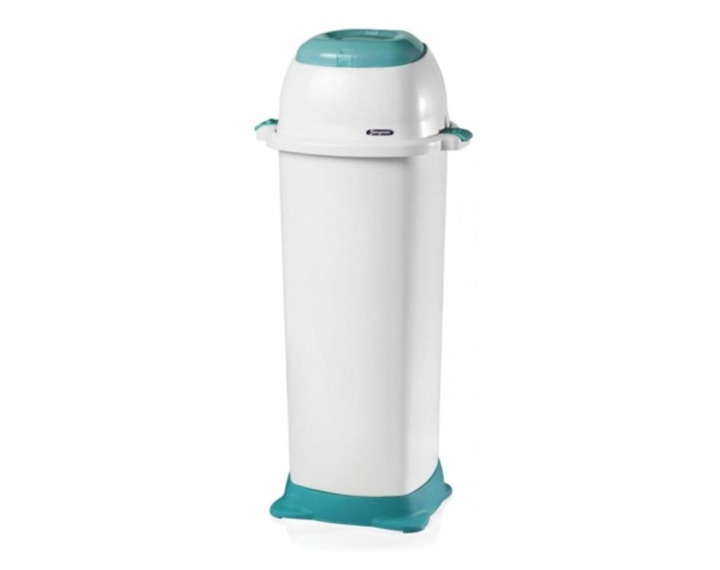How to Choose a Sanitary Bin for Your Care Facility
 You might not realise it but choosing the right bins for your business is an important task and not one that should be taken lightly. Whether you are launching a startup business in the fashion industry or are running a care home, you will require an adequate selection of bins for your business, and you will most probably need these bins to be sanitary.
You might not realise it but choosing the right bins for your business is an important task and not one that should be taken lightly. Whether you are launching a startup business in the fashion industry or are running a care home, you will require an adequate selection of bins for your business, and you will most probably need these bins to be sanitary.
Why do you need your business’s bins to be sanitary? Because bins tend to contain billions of potentially dangerous germs that can spread diseases and cause people to become seriously ill, from salmonella and E-coli to listeria and vomiting bugs, bins contain an incredible number of bacteria. The question is, of course, how can you choose a sanitary bin for your care facility - is there even such a thing?
For everything that you should know about choosing a sanitary bin for your care environment and tips for keeping it clean and as free from germs as possible, read on.
Choosing a bin design
First things first, you need to choose a bin design. As a rule of thumb, the most common sanitary bin designs are the ones that offer touchless use, which means that you don’t have to touch the bin with your hands to open or close it.
This is why pedal bins, automatic bins, and swing lidded bins are popular in many care environments. Bins with holes in the lids for putting rubbish in are also an option to consider, however, as germs can escape out of them they aren’t the most sanitary option - bins with lids are always the better option for this reason.
Two options for sanitary bins
There are two options for keeping your bins sanitary, these are changing the bin liner or changing the bin itself. A bin exchange means that the bin itself is removed from the facility and replaced with a clean one, which can work well.
However, this can be a somewhat expensive option in comparison to simply having the liner itself removed. Most people prefer the idea of emptying a bin liner rather than removing the entire bin as it is far quicker and easier, and significantly cheaper too.
Disinfecting bins is crucial
No bin is designed to be able to remain sanitary after use, which is why having adequate cleaning schedules in place for bin cleaning is so important. Best practice dictates that after a bin is emptied and before the liner is replaced, the bin should be effectively sanitised with disinfectant.
In addition to this cleaning process, it’s also important that bins are cleaned between liner changes. The best way to keep bins clean is to wipe them down with disposable antibacterial wipes three times a day and follow with the use of an antibacterial disinfectant aerosol spray that does not need wiping off.
What bins do we offer at CLH?
At CLH we are proud to offer a wide range of bin designs, each of which is designed to be highly sanitary and suitable for a wide range of healthcare environments. From colour-coded swing bins for medical environments to pedal bins, we offer a wide range of options for your waste to choose from.
One of our most popular bin designs is the Sangenic® easiseal™ bin, which has been designed to offer a more convenient way to dispose of continence products in a hygienic way. What’s amazing about this bin is that the easiseal™ cassette refills individually wraps and seals each used pad in an antibacterial film that hygienically locks germs away and stops odour from escaping, it even has a fragrance to it. The idea is that there’s no need for various trips to the outside bin, this bin offers a convenient, hygienic, discreet and easy-to-use option that makes life easier for everyone.
In addition to offering a range of bin designs, we also have a selection of specialist bin liners, designed to fit perfectly in our bin designs. We have bin liners for pedal bins, swing bins, and all manner of bins, each of which is available in a wide range of sizes for ease of use.
When it comes to choosing a sanitary bin for your care facility, or for you home, there’s a lot that you need to consider. Bins are packed full of germs, which is why knowing how to prevent the spread of these germs is so important, especially when dealing with vulnerable people, like older adults living in care homes or who are being cared for at home but have health issues like dementia, for instance.





